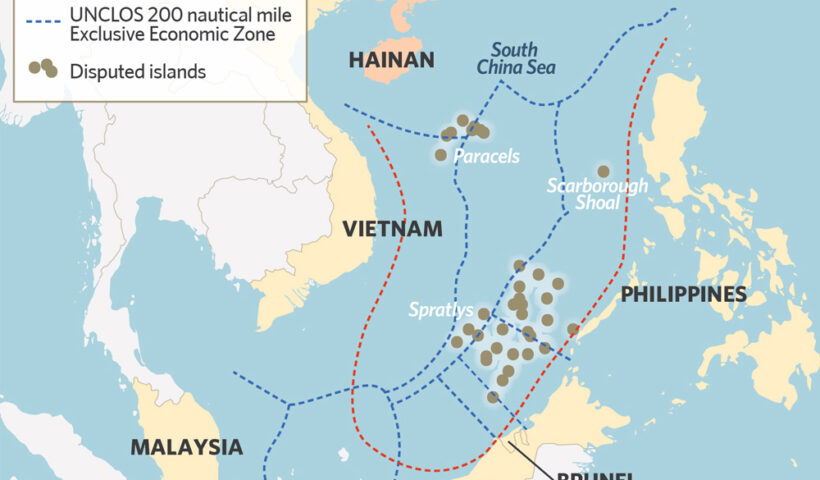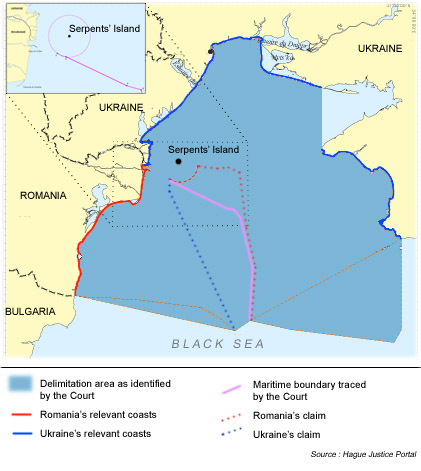The law of the sea is a body of customs, treaties, and international agreements by which governments maintain order, productivity, and peaceful relations on the sea. Generally speaking, the law of the sea stipulates that maritime countries essentially control their territorial waters from the shore out to a distance of 12 miles (19.3 km), the “12-mile limit.” Within this zone, all laws of that country apply: the country can build, extract natural resources, and either encourage
View More What does the law of the sea do?What does the law of the sea do?
IILSS 18th January 2022
Are there laws in Antarctica?Is China violating the law of the sea?Is there a law in the ocean?law of the seaWhat are laws in international waters?What are the rights of coastal states?What are the three general principles of the law of the sea?What does the law of the sea do?What is an example of law of the sea?What is baseline in law of sea?What is China's historical claim to the South China Sea?What is innocent passage in law of the sea?What is maritime law and law of the sea?What is sea law Upsc?What is sovereign right?What is the area in law of the sea?What is the law of the sea APHG?What laws apply in the ocean?What rights does a country have within territorial sea?When was the law of the sea created?Which law delimits world seas?Who has jurisdiction over the ocean?Who makes maritime law?Why is there a dispute in the South China Sea?







































